3 Keys to Building Effective Online Training
June 9th, 2020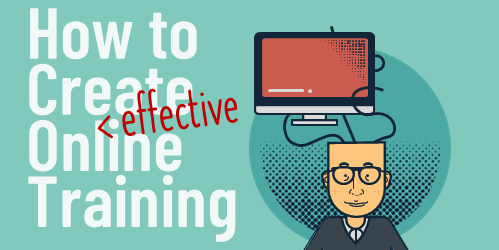
A lot of online training starts with pre-existing content, usually some policies, manuals, and PowerPoint presentations. The key is figuring out how to convert a lot of this content into an effective e-learning course. Most of it starts with the objectives of the course. Here are a few things to consider.
Effective Online Training Has Clear Objectives
You can’t build a good course without clear objectives. This seems obvious, but based on what I see, it isn’t. Many organizations confuse content with objectives. Content is just that: content. It may be valuable, but it’s a means to an end. The course objective is never to consume content. Otherwise you’re just wasting time.
Effective Online Training Has Actionable Objectives
At the end of the course, the learner will be able to do _______. That’s basically it.
The online training is a solution to meet an objective such as installing a new part, closing a sale, or inputting data. If the course is only focused on content, they may learn a lot of about something, but they may not know what they’re supposed to do with what they learned.
A course with actionable objectives is focused on what the person will do.
Effective Online Training Has Measurable Objectives
The two points above are obvious to most course developers. However, the reality is that a lot of training we’re asked to build isn’t actionable because the managers or customers tend to think that the issue is a lack of information. Which may be true on the surface. So when I build courses, I like to put them into one of two buckets: information or performance.
With an information-based course, the objective may be to present the information and the measure of that is tracking whether a course was completed or not. This is true for a lot of annual refresher training. This isn’t ideal, but some organizations have information they want to present, but they may not have fully formed ideas around what that information should produce.
A performance-based course is different. It’s tied to a desired action. And that action is measurable. For example, if the training is on how to install a product. I know you’re trained if I can observe you install the product correctly. Or if you’re a manager and you’re learning to give feedback, I can build training that puts you in a situation where you give the desired feedback. Those are things that I can observe or measure.
In an ideal world, training has clear actionable and measurable objectives. Without those, why are you building the course?
Events
- Everyday. Check out the weekly training webinars to learn more about Rise, Storyline, and instructional design.
Free E-Learning Resources
 |
 |
 |
|
Want to learn more? Check out these articles and free resources in the community. |
Here’s a great job board for e-learning, instructional design, and training jobs |
Participate in the weekly e-learning challenges to sharpen your skills |
 |
 |
 |
|
Get your free PowerPoint templates and free graphics & stock images. |
Lots of cool e-learning examples to check out and find inspiration. |
Getting Started? This e-learning 101 series and the free e-books will help. |
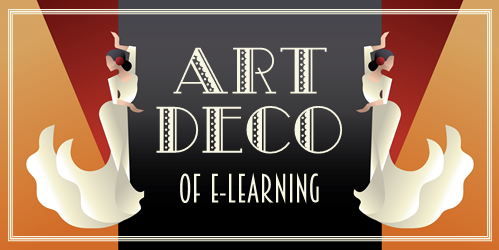
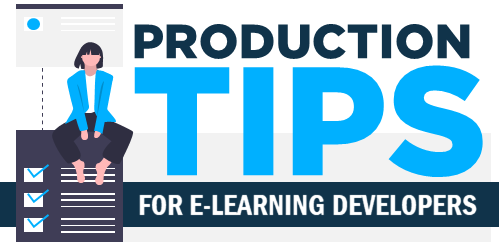

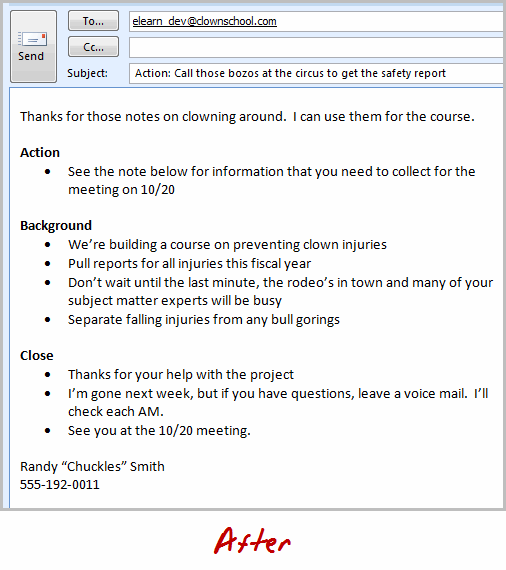
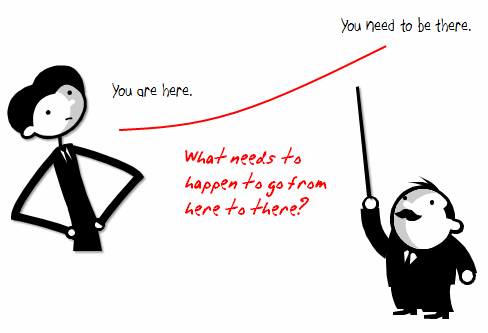
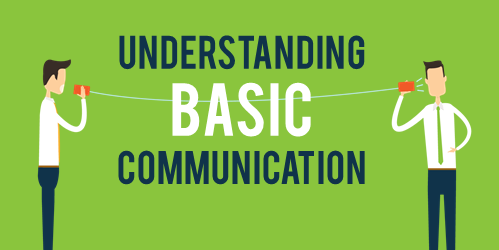
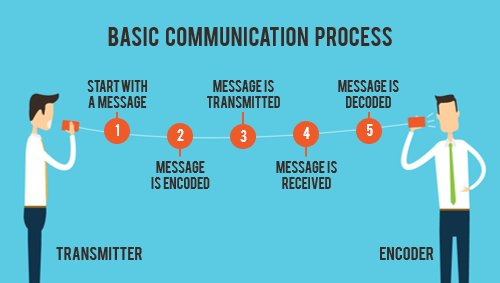
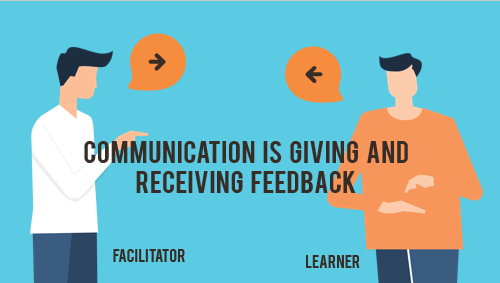
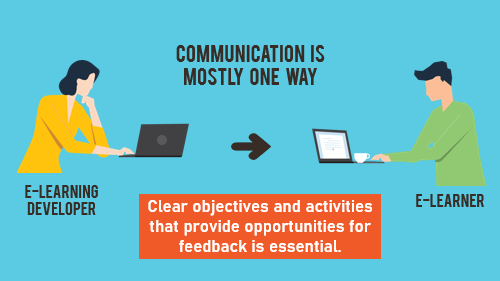
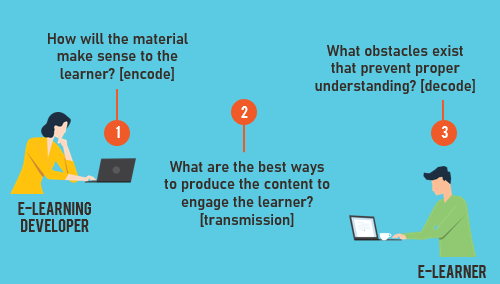
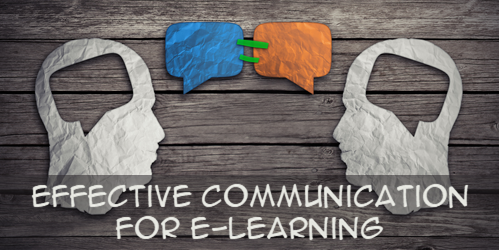
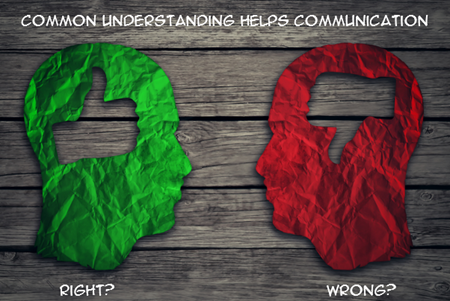

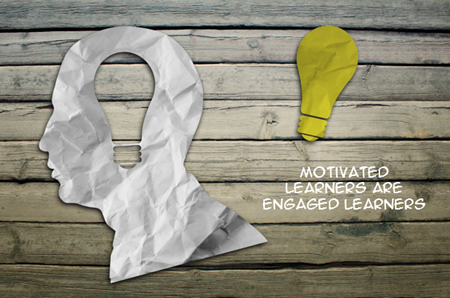
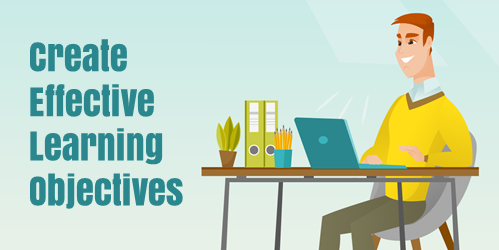
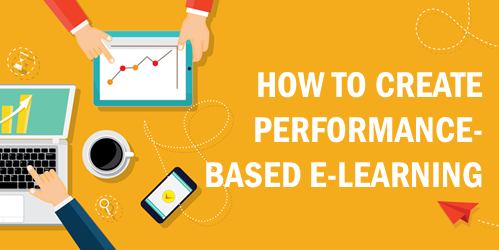
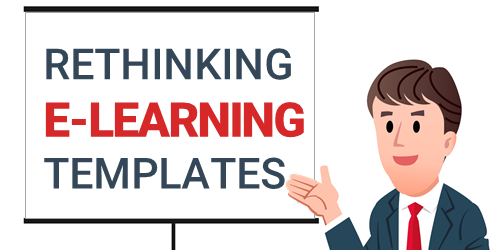
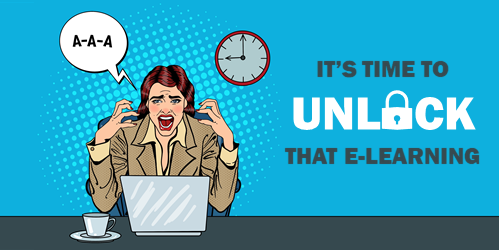
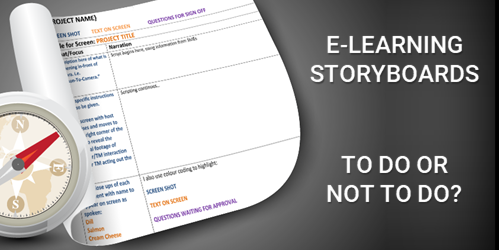
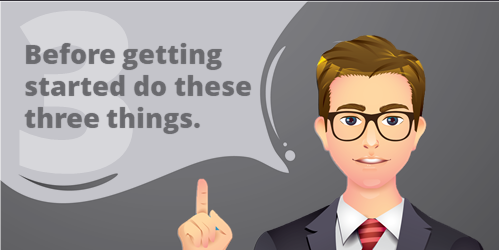
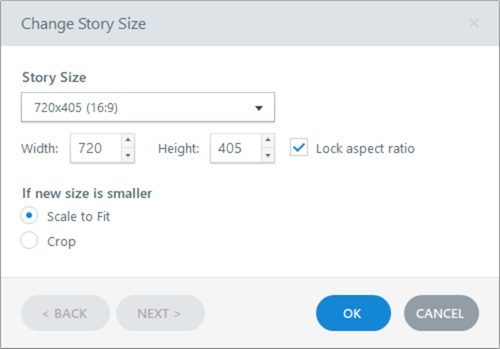
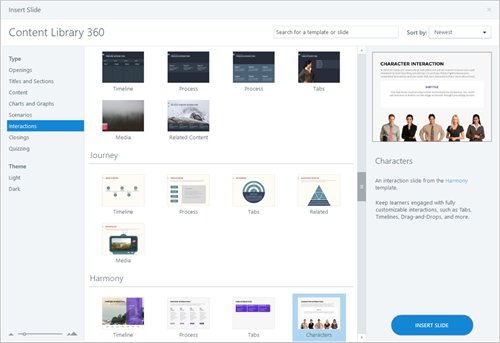
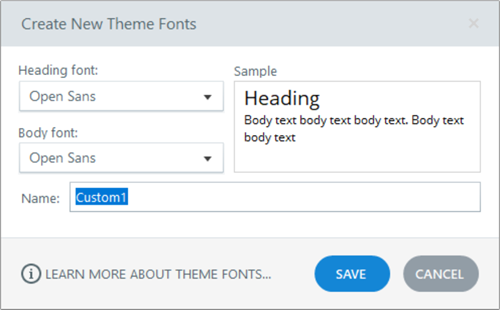
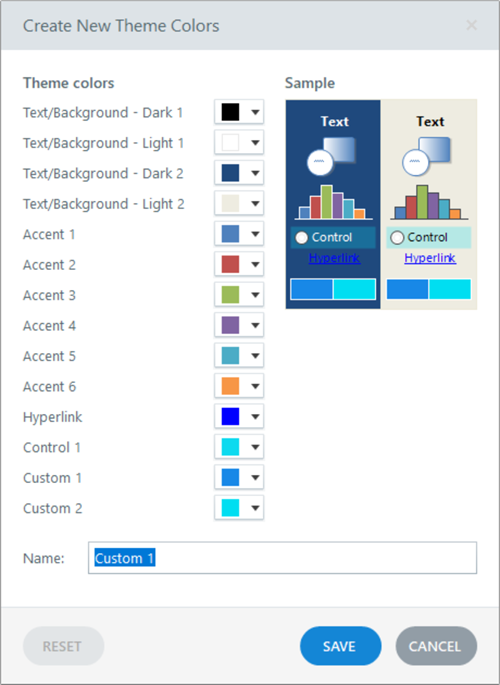
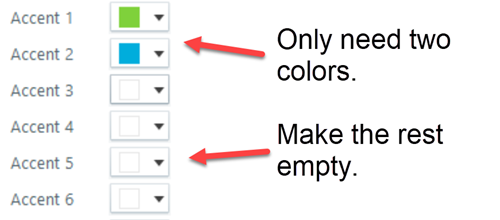




2
comments